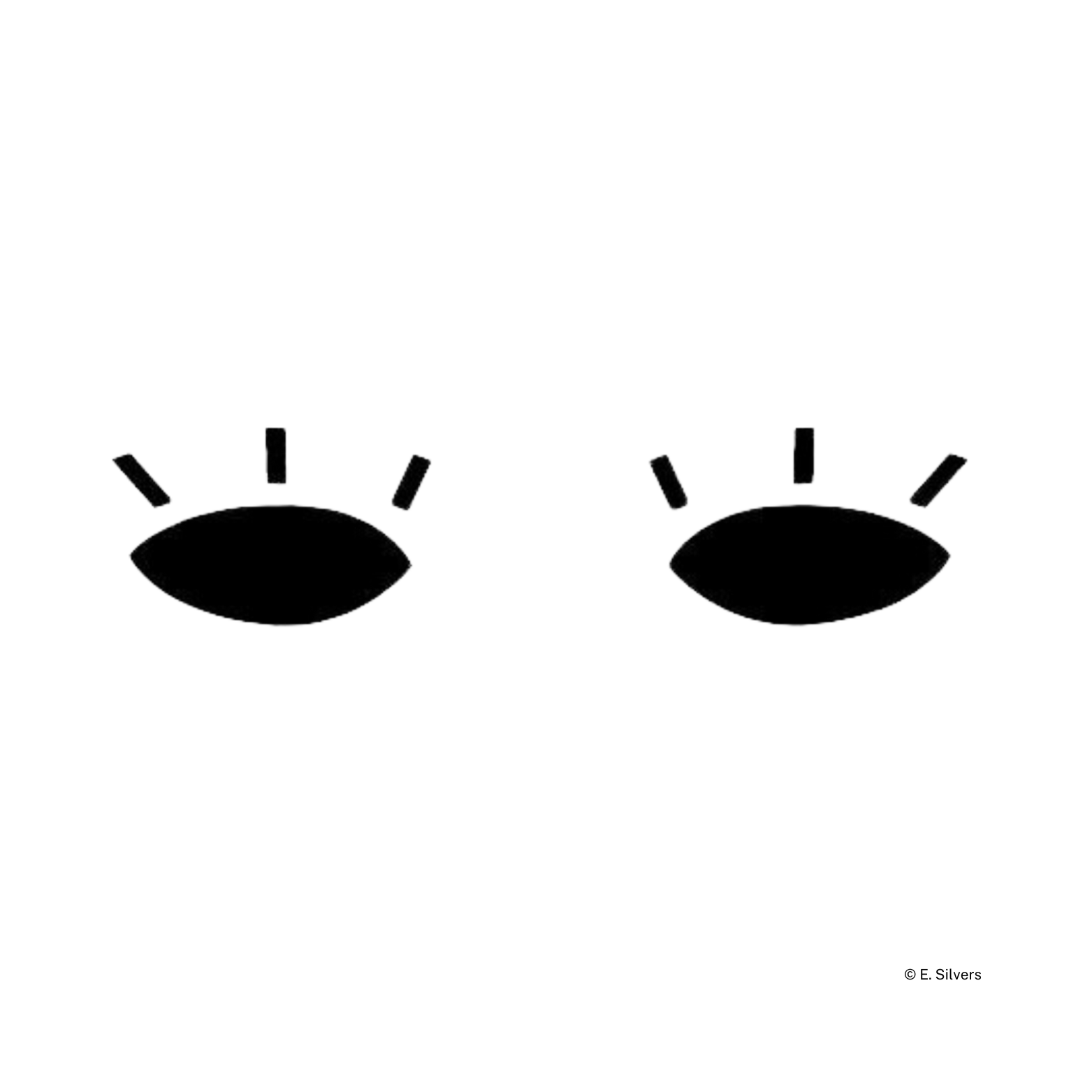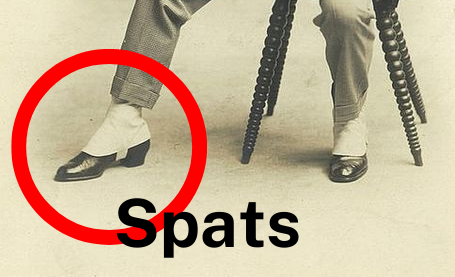
Free Creative Writing Prompts
Thank you for reading this post, don't forget to subscribe!“6 Pieces of Rare Clothing”
Below is a list of FREE creative writing prompts on the topic of ‘rare articles of clothing’ (royalty-free, no attribution required)—let’s jump straight into them!
Spats (19th-early 20th century)
Spats are accessories worn over shoes that cover the ankle and part of the foot. They originated in the United Kingdom and were worn by both men and women. Spats are essentially a type of shoe cover that extended from the ankle to the top of the shoe. Spats were typically made of fabric or leather and were worn over shoes to protect them from dirt and mud.

The popularity of spats was in part due to their association with high society and the upper class. They were often worn by gentlemen and ladies who wanted to project an image of refinement and elegance. However, spats were also practical, as they protected shoes from the elements and helped to keep them clean.
Over time, spats became less popular as fashion changed and the practical need for them diminished. Today, they are mostly seen as part of period costumes for plays, movies, and other productions. However, spats still hold a special place in fashion history and continue to be admired for their elegance and style.
Tabi (15th century)
These are traditional Japanese socks that have a separation between the big toe and other toes to allow them to be worn with sandals.
Tabi were first worn by Japanese workers and farmers who needed footwear that was both functional and comfortable. The split-toe design was practical because it allowed the wearer to grip the ground better and also helped with balance.

Over time, tabi became more than just workwear. They were adopted by samurai and other members of the Japanese upper class as a symbol of status and refinement. In the early 20th century, tabi were introduced to Western fashion through Japanese cultural exports.
In the 1960s, tabi experienced a resurgence in popularity as part of the avant-garde fashion movement. Designers like Issey Miyake and Yohji Yamamoto incorporated tabi into their collections, often pairing them with Western-style clothing. Today, tabi continue to be worn in Japan and around the world as a fashion statement and as a symbol of Japanese culture.
Huarache (approx. pre-Columbian era)
Traditional Mexican sandals that are made from woven leather or rubber that also have a distinctive pattern on the sole.
It was originally worn by indigenous people of Mexico, who crafted them from woven leather strips and rubber soles. Over time, the huarache became popular among Mexican peasants and farmers, who wore them for their durability and comfort.
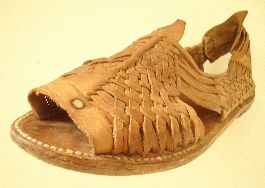
In the 1960s and 1970s, the huarache gained popularity in the United States as part of the Bohemian fashion movement. As fashion designers and trendsetters began incorporating elements of Mexican culture into their designs, the huarache became a symbol of bohemian chic.
Today, the huarache has become a staple of fashion footwear, with designers and retailers offering a variety of styles, colors, and materials. While the traditional leather and rubber huarache is still popular, there are also versions made with synthetic materials, as well as high-end designer versions featuring intricate beadwork and embroidery.
Jerkin (15th-17th century)
A sleeveless jacket that was popular in the 16th and 17th centuries, made of leather or fabric and worn over a shirt.
Jerkin is a style of clothing that was originally worn by men as a part of their everyday clothing. The origin of the jerkin is believed to be from the Spanish word “jorco,” which means a short coat or jacket.
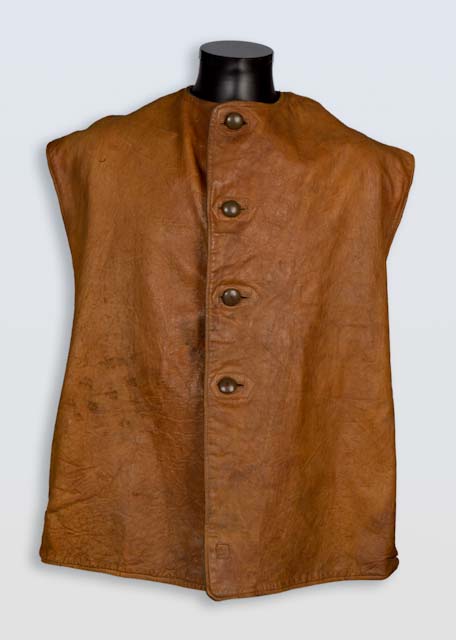
The style of the jerkin varied depending on the fashion of the time, but it remained popular throughout the 16th and 17th centuries.
In more recent times, the jerkin has made a resurgence as a fashion trend. In the early 2000s, a new style of jerkin emerged in Southern California that was influenced by hip hop and skate culture. This new style of jerkin was often brightly colored and featured bold patterns and graphics.
Buskins (unknown)
Buskins were worn by ancient Greek and Roman actors as part of their stage costumes, and then were later adopted by soldiers and other members of the military for their practicality and durability.
The name “buskin” comes from the Latin word “byssus,” which means “fine linen,” and refers to the soft, pliable material that was originally used to make the shoes. Over time, the design of buskins evolved, and they began to be made from a variety of other materials, including leather and fur.
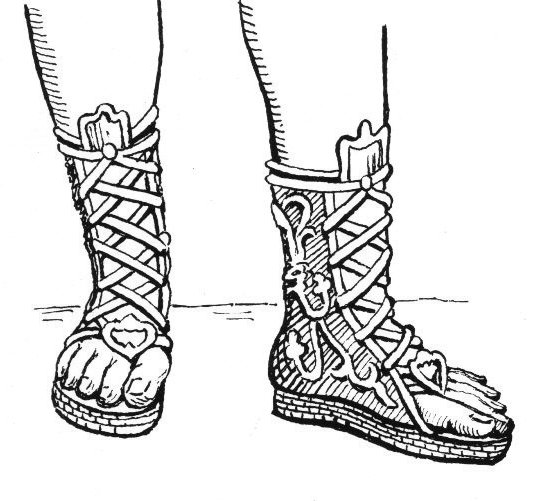
During the Middle Ages, buskins were worn by both men and women, and were often decorated with elaborate embroidery, jewels, and other embellishments. They were also popular among knights and other members of the nobility, who wore them as a symbol of their status and wealth.
Fichu (18th-19th century)
Fichu is a French term that refers to a small triangular scarf or shawl that was popularized in the 18th century and early 19th century. The word “fichu” literally means “necessary” or “indispensable” in French, indicating that the garment was considered an essential item in a woman’s wardrobe.
The fichu originated in France and quickly became popular among women of all social classes due to its versatility and practicality. It was often made of lightweight fabrics such as silk or cotton and could be worn in a variety of ways, either draped over the shoulders or tied around the neck.

Fichus were particularly popular during the Regency era in England, when women’s fashion was heavily influenced by French styles. They were often worn with low-cut dresses or gowns to provide modesty and warmth, and could also be used as a decorative accessory to add color and texture to an outfit.
Today, the fichu has largely fallen out of fashion, but it remains an interesting historical clue that provides insight into the evolution of women’s clothing over time.
Good luck! Don’t Forget to have fun writing! -E
Click Here for More Free Writing Prompts by E. Silvers

Free Creative Writing Prompts
“6 Pieces of Rare Clothing”
